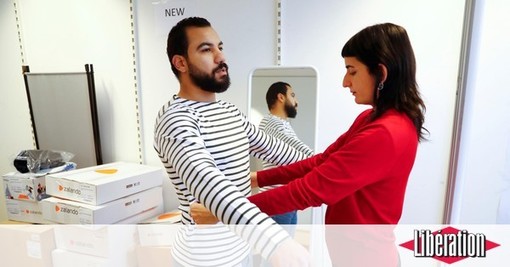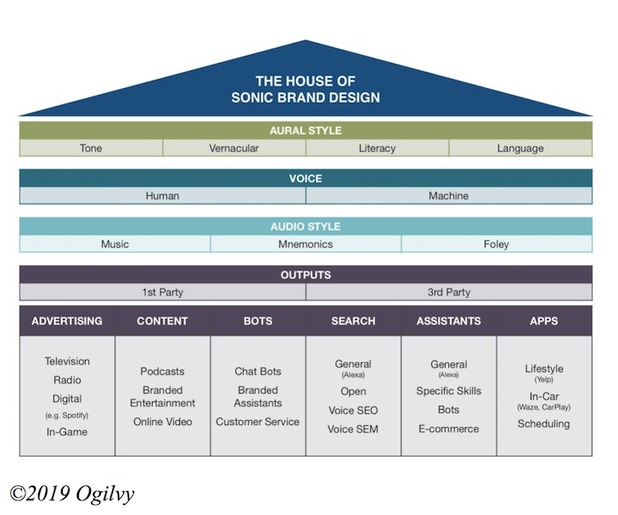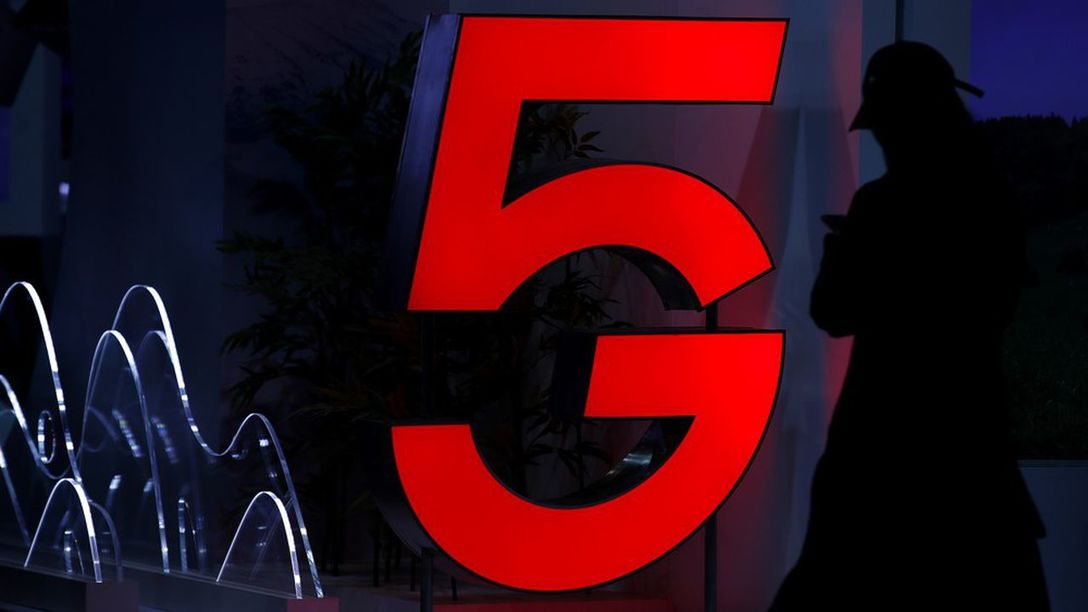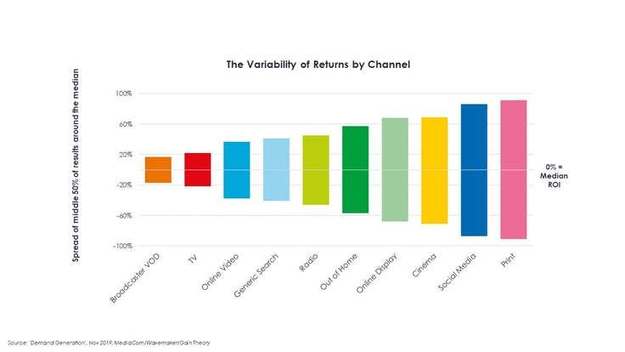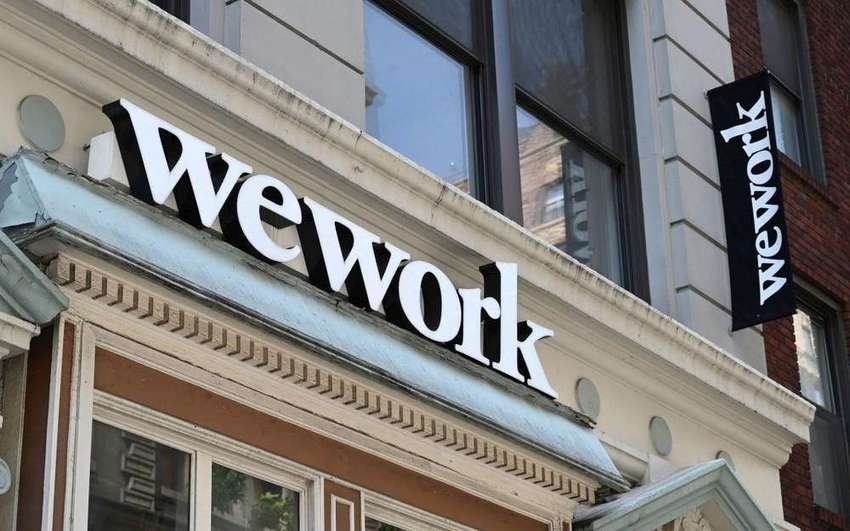Ben Davis: In-store retail is finally going digital
Sainsbury’s, for what it’s worth, simply stated: “Some customers preferred to pay with cash and card, which sometimes meant they were queuing to use the helpdesk, particularly at peak times of day. This is why we’ve added a manned till and two self-checkouts back into the store.”Try to pay with notes or coins in an Amazon Go store and it could take you a while, too. There is speculation the tech giant is currently looking for sites in the UK.In China, however, where the penetration of mobile payment stands at 86%, according to PwC’s Global Consumer Insight Survey 2019, things are moving a little more quickly. There is much excitement about Alibaba’s Freshippo. Yes, you can still go to a helpdesk if you want to pay cash, but the retailer’s commitment to experiential smartphone-assisted retail is impressive.There are reportedly more than 150 stores across 21 Chinese cities. The app allows shoppers to access information about products, add them to their shop, checkout with Alipay and arrange delivery to their home within 30 minutes (if they live nearby), as well as use a number of services in store such as restaurants and Starbucks cafés.





